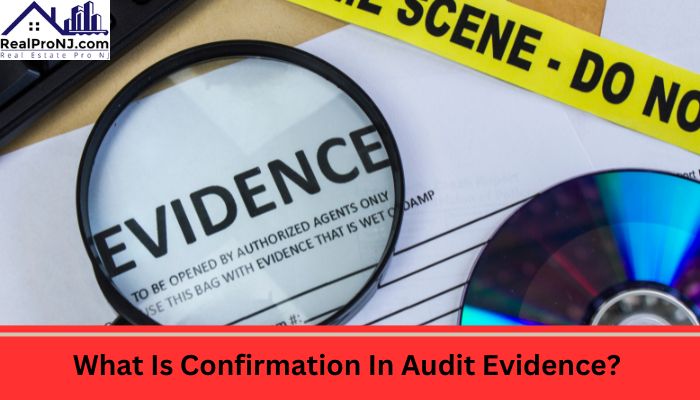
What Is Confirmation In Audit Evidence?
Auditors are responsible for providing an opinion based on the financial statements. Of an organization by collecting relevant and unique evidence. Auditors use various techniques and methods to obtain such evidence but one incredible technology they use is confirmation. That’s why, when you are gathering evidence for preparing a financial statement. You must know what is confirmation in audit evidence. This can help you check out the authenticity of the information provided by the organization being audited. Visit L&Y Tax Advisor for more relevant details.
What Is Confirmation In Audit Evidence? 4 Features To Consider
The following are the important details related to the confirmation procedure in audit evidence.
Explaining The Confirmation Procedure
The first feature is that confirmation is a special yet direct method in which auditors approach a third party. Which can be customers, suppliers, banks, or other institutions to examine the accuracy of the information. Provided by the organization being audited. This information typically involves verifying transactions, balances, and other financial information that is showing in the organization’s financial statements.
Purpose Of Confirmation Process
The second feature is that the main purpose of this confirmation is to ensure that you have verification. From a third party about the financial statements of the organization, recorded by its own management. When auditors get information from outer sources, they ensure not to depend completely on the organization’s information and management. Which enhances the authenticity of the auditing evidence.
Types Of Confirmation
The third feature is that there are two types of confirmation used in the auditing evidence. Positive confirmation is a request from the auditor to a third party to provide information directly. Nevertheless, they are agreeing or disagreeing with the information provided by the organization. This type of confirmation is more reliable because it ensures that the third party has reviewed the information. Of the organization even if they agree or remain unsatisfied with it.
A negative confirmation is a request in which auditors request the third party to respond directly only. If they don’t agree with the information provided by the organization. This type of confirmation is not very reliable because auditors lose the chance. Of getting any kind of information from external sources.
When Is Confirmation Required?
The fourth feature is that auditors require confirmation in different situations to verify account balances and transactions. Investment securities, accounts receivable and payable, etc. This ensures that the auditing evidence is reliable and auditors can detect different errors, misspellings, frauds, etc. In the financial statements and compare the information provided by the third party with the organization’s evidence.
Wrapping Up
To wrap up, what is confirmation in audit evidence? It is important to know that the confirmation technique is a reliable way to check out the authenticity. Of the information and evidence of the organization from a third party. It increases the reliability of the evidence and ensures no mistakes and issues in the financial statements too. Check out complete information about IRS & STATE AUDIT REPRESENTATION services.
Read More:


